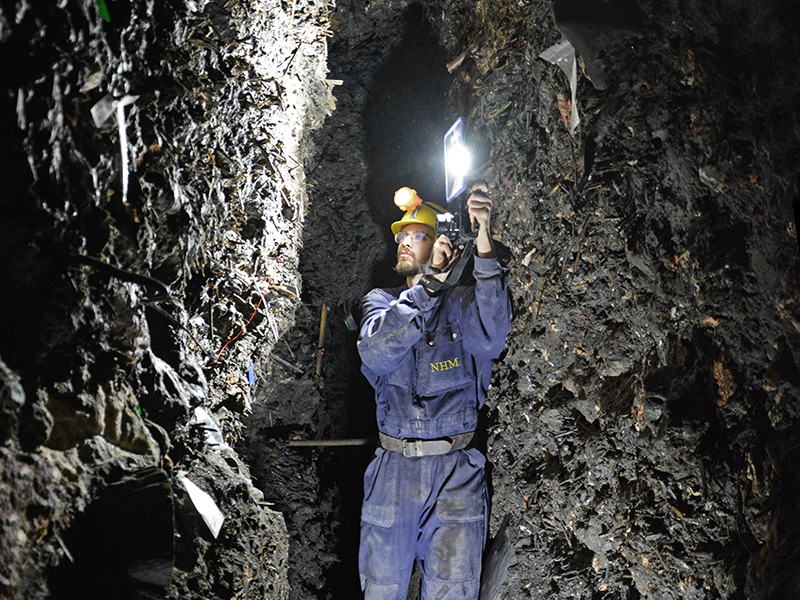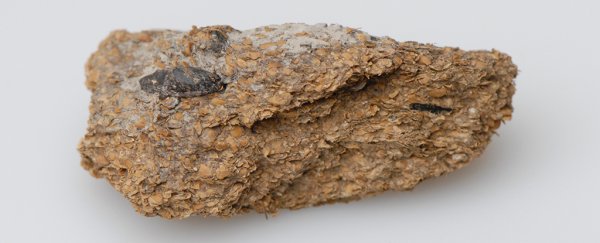You can tell a lot from a chunk of feces – and researchers analyzing human poop that's lasted for 2,700 years have discovered that Iron Age Europeans had a fondness for blue cheese and beer not all that dissimilar from modern-day tastes.
A detailed study of stool samples recovered from the Hallstatt-Dachstein/Salzkammergut salt mines in Austria revealed two types of fungi: Penicillium roqueforti and Saccharomyces cerevisiae (also known as brewer's yeast).
These two fungi are still widely used to produce blue cheese and beers today, giving historians an insight not just into what our distant ancestors were eating, but also how sophisticated their food and drink-making techniques were.
"Genome-wide analysis indicates that both fungi were involved in food fermentation and provide the first molecular evidence for blue cheese and beer consumption during Iron Age Europe," says microbiologist Frank Maixner, from the Eurac Research Institute for Mummy Studies in Italy.
To identify the fungi, the researchers used a combination of microscopic techniques to reveal the proteins, DNA, genetic material and microbes inside the samples. Plant fragments, including bran and glumes of different cereals, were also common.
The team thinks that the diet of these Europeans of yesteryear was highly fibrous and rich in carbohydrates. Broad beans, fruits, nuts, and animal food products were likely used as supplements to the main diet.
More recent poop samples from the same site reveal that right up until the Baroque period – the mid-18th century – gut microbiome analysis indicates diets were dominated by unprocessed food, fresh fruits and vegetables. That shows just how recent our Westernized eating habits really are.
"The Hallstatt miners seem to have intentionally applied food fermentation technologies with microorganisms which are still nowadays used in the food industry," says Maixner.
 Exploring the salt mines. (D. Brander and H.Reschreiter - NHMW)
Exploring the salt mines. (D. Brander and H.Reschreiter - NHMW)
If you're thinking that 2,700 years is a long time for poop to be hanging around, you'd be right: these underground salt mines are one of the few places on Earth where preserved samples can still be found.
Usually, an unusual environment is required for feces to be preserved. A dry cave as here, for example, or a frozen habitat, or a desert. Plus, the salt mines of Hallstatt-Dachstein/Salzkammergut stay cool all year round, which helps.
Beer drinking and cheesemaking are of course two of the oldest practices in modern human history, stretching back thousands of years, but these findings from Austria give experts another important data point in charting eating habits and diet.
"These results shed substantial new light on the life of the prehistoric salt miners in Hallstatt and allow an understanding of ancient culinary practices in general on a whole new level," says archaeologist Kerstin Kowarik, from the Museum of Natural History Vienna in Austria.
"It is becoming increasingly clear that not only were prehistoric culinary practices sophisticated, but also that complex processed foodstuffs as well as the technique of fermentation have held a prominent role in our early food history."
The research has been published in Current Biology.
